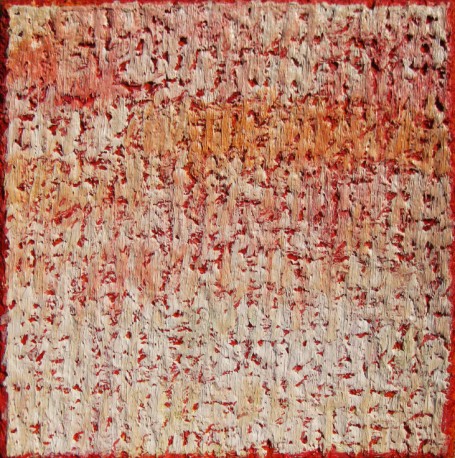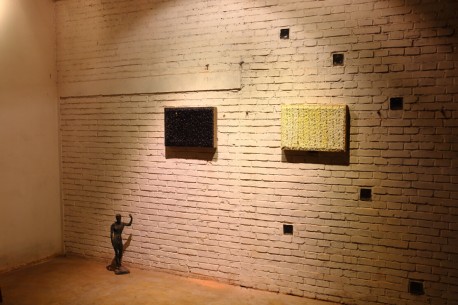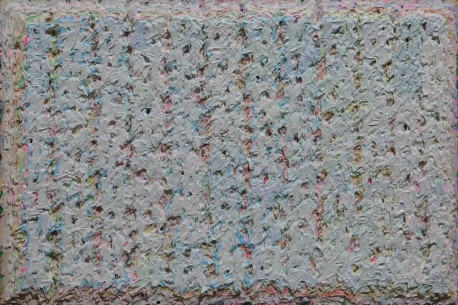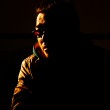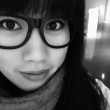- 资质:
- 评分:
1分 2分 3分 4分 5分 6分 7分 8分 9分 10分 10分
- 印象:
- 经营时间:10年
- 展厅面积:300平米
- 地 区:上海-杨浦
静水声·抽象艺术邀请展
- 展览时间:2015-06-13 - 2015-08-14
- 展览城市:上海-杨浦
- 展览地点:临青路188号C3楼四楼
- 策 展 人:柳力
- 参展人员:
展览介绍
【展览时间】
2015/6/14——2015/8/14
(每天10:00——19:00)
【开幕酒会】
2015/6/13(周六)6p.m.to 8
【展览地点】
上海市杨浦区临青路188号C3号楼4F半张图艺术馆
(靠近地铁12号线宁国路站)
【策展人】
柳力
【艺术家】
万鸣、李腾飞、王晓蓉、索秀、帅鹰、陈琳、禹露、于航、凌惠华、李大宪、许方正、杨在升
一切存在都有其必然的原因和方式,外部的原因是其运动的原因,内部的原因是目的因,同一个对象,它可以被视作是具体的表象、具体的概念、抽象的质料的组合物,或者是无数分子的聚集体;一方面我们可以根据对象的功能,对我们而言的意义或价值来定义其存在,另一方面我们可以根据其存在本身的外部原因来定义它;一张桌子的在场我们可以直接称呼它是桌子,同时也可以说那是一些点、线和色块,或者按照材质,我们还可以说那是一堆木头,按照价值,也可以是一件“礼物”、一个“恩惠”……
Everything that exists has its inevitable reasons and ways. External reasons are the cause of its movements, while internal reasons are the goals. The same object can be seen as a combination of specific appearance, concepts, abstract materials, or an aggregate of numerous molecules. On one hand, we can define its presence based on the function of object, the meaning or value to us. On the other hand, we can define it according to its own external causes. We can call a table on site a table, but it also can be viewed as some points, lines and colors, a pile of wood in accordance with the material, or a "gift", a "grace" according to the value…
认识论上的格物致知原则告诉我们,人类知性不可能超出客观存在而独立构建自然知识,我们的知识时刻被对象所决定着,这是一种先天的不自由,而作为艺术——这门专为自由而生的,与自然法则相对立的关乎自由法则的任性技巧,是否从未背弃我们?这不禁让人怀疑:艺术家对事物的感受和兴趣是否也被对象决定着?历史的经验向我们表明,观众从未停止寻求刺激,渴望感受上的“被执行”,而艺术家在开始创作之前则是表象世界的直接受众,如果我们说“一切皆因心态而使然”,或者“美不自美,因人而彰”,那么我们很快会发现,外界的物质环境对我们造成的影响是强大到不容忽视的,我们必须承认也必须正视。当我们在夏天,被热辣的太阳晒得走不动路时,我们还能说阳光很美吗,或者还能对伟大的太阳产生膜拜的情感吗?当你觉得你所在的城市无聊透顶,而产生想去西藏旅游的想法时,你还能说“心是美的,哪里就都是美的”这样的话吗,你被炒鱿鱼了,即将面对失业,难道你还会觉得这很有意思?在大多数时候,现实中遇到的种种顺与不顺总会给我们造成积极或负面的情感,我们的感受似乎总是被生活中的材料所操纵,而始终无法凌驾于这些材料之上,因而我们的感受好像处处被对象所决定着。
The theory of to obtain knowledge by investigation of things in cognition indicates that human intellectuality can’t exceed objective existence to build knowledge independently. Our knowledge is determined by the object from time to time, which is a congenital lack of freedom. However, as a willful skill designed for freedom, related to the law of free will opposed to the law of nature, whether art never abandon us,which makes one wonder whether the artist's feelings and interests of things are also determined by the object? Historical experience has shown us that the audience never stops seeking for stimulus, desiring "esthetic execution". The artist is the direct audience of phenomenal world before creation. If we say "everything exists to show its mentality," or "a beauty shows her beauty for others rather than for herself," we will soon find that the influence of external physical environment is too strong to be ignored, and we must admit and face it. When we can't walk way because we have been tanned by the sun in summer, can we still say the sun is beautiful, or worship the sun? When you feel your city boring, and want to travel in Tibet, can you say "if you think it beautiful, it is beautiful"? If you're fired, and face unemployment, do you think this interesting? Faced with a variety of favorable circumstance or troubles in reality, we have positive or negative emotions most of the time, our feelings always seem to be manipulated by materials in life, rather than overriding these materials. Thus we feel as if we are manipulated by objects everywhere.
在相当长的一段时期,艺术家们想尽办法制造“流动的水”来刺激他们的观众,并按照他们的需求来控制水势的急缓、走向及清浊,这是一种希冀通过改造外部环境来达到可以给观众造成固定效果的倾向,这种模式的根据是某种先天心理学原理或社会意识形态,不仅仅是观众,很可能他们自己最初的感受也是“被执行”的;“流动的水”是一种发声源,它掌控着某种话语权,在它之下,无论是艺术家自己还是观众,都是被算计的对象,艺术家在这里丧失了光和热,它让艺术家不再是艺术家;与之相反的是“静止的水”,这是禅宗最初给我们提供的解决问题的方法论,减免“对外进行动作的倾向”而转变为“向内在的调和”,因而静水的生命形态之大可以远超动水,尽管那些关乎“宿命”与“偶然”的矛盾与疑惑仍然悬而未决,“从静水中听出声响”却永远是让我们着迷和必须勇于去探索的话题,这次展览以“静水声”为主题直接指向对心灵的最高自由的探讨,在此,我们将以一种巧妙的方式避开艺术史的纷杂,从而直面我们灵魂深处的真实。
For a long period of time, artists have tried their best to create "flowing water" to stimulate their audience, and controlled the pace, trend and purity of water potential in accordance with their needs, which is trend to hope to provide the audience with fixed effects through the transformation of external environment. This model is base on a certain innate principles of psychology or social ideology, not just on spectators. Probably their initial feelings are "to be performed". As a sound source, the "flowing water" holds a certain right to speak. Both the artist himself and the audience are to be calculated within the right. The artist looses the beauty and charm here, and it makes the artist no longer an artist. "Still water" is on the opposite, serving as the initial methodology provided by Chan Buddhism to solve problems through changing "the trend of external action" into "internal harmony." Therefore, life forms of standing water are far more than that of flowing water. Although those contradictions and doubts related to "decision" and "accidental event" still remain unresolved, "listening to the sound of still water" is still the topic making us mad and giving us the courage to explore. This exhibition takes "quiet sound of water" as the theme, aiming to explore the highest degree of freedom of the mind. Here, we will avoid the confused history of art in a clever way to face the truth in the innermost recesses of the heart.

 庞明璇
庞明璇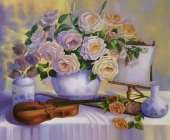 未知
未知 张大千
张大千 钟飚
钟飚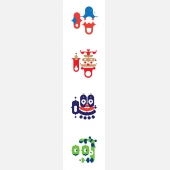 测试艺术家
测试艺术家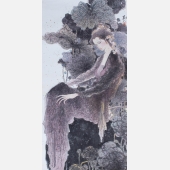 卢延光
卢延光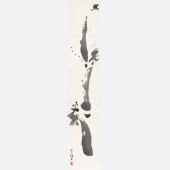 雪山静岩博
雪山静岩博





